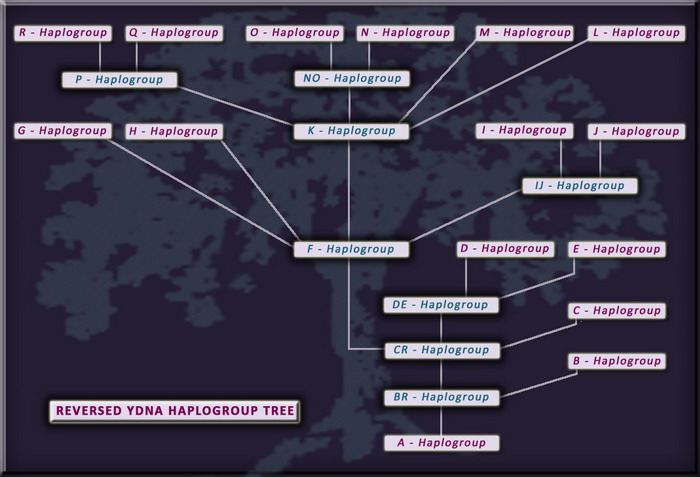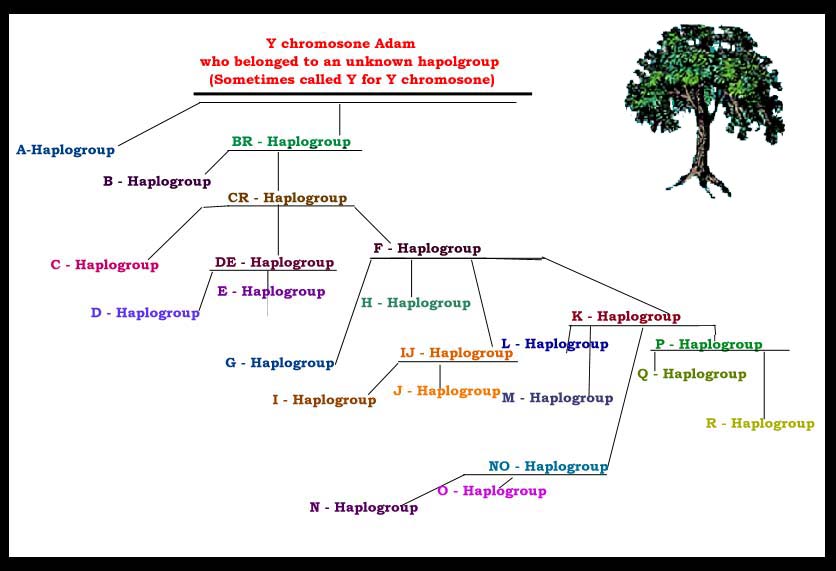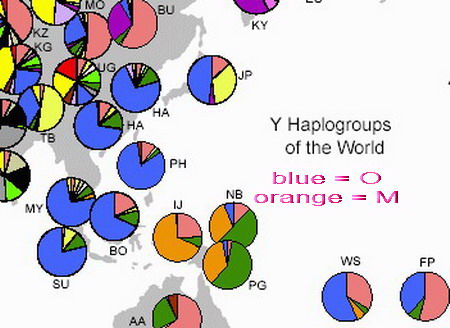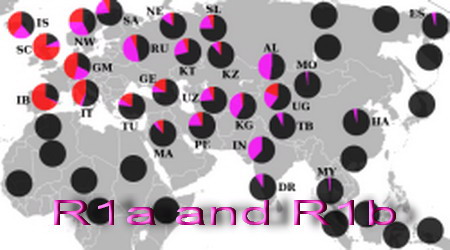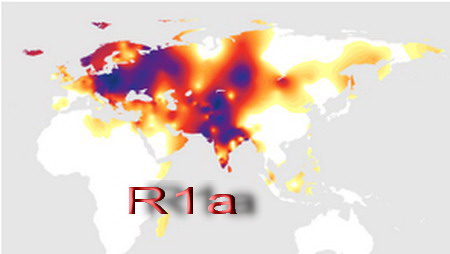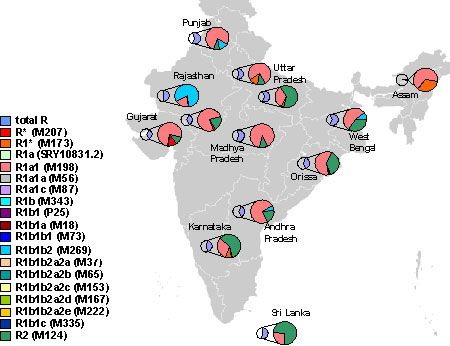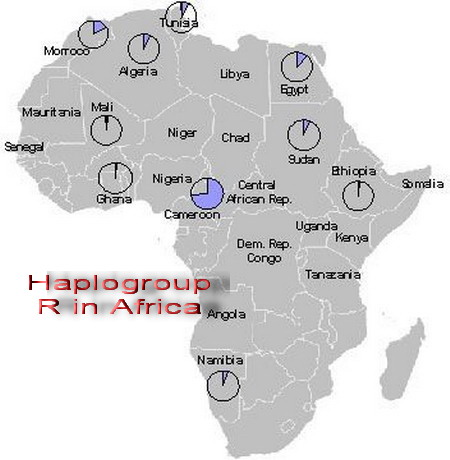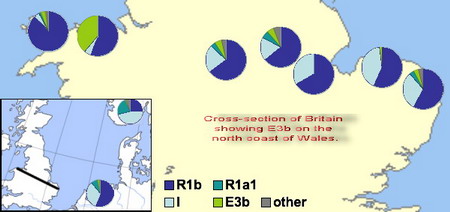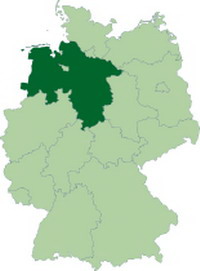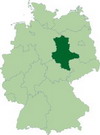Important Afterword:
The article above says that Y(male-transmitted)DNA Haplogroups Correspond with Climate Changes.
They do, as the article shows.
That was our primary point.
We also said that what are described as the more complex haplogroups preceded the simpler ones.
We based this on the "Evolutionary Tree" conventional explanations.
Only we suggested a reverse of process.
We understood that certain haplogroups were more complex than others and that a
regular progression exists from the simple to the complex.
Nearly Everyone else seems to have had the same understanding as to what was being said as well.
This may be seen on Wikipedia articles and diagrams.
See:
Human Y-chromosome DNA haplogroup
In this article two illustrations present an evolutionary progression.
The whole Wikipedia article and the two illustrations within it are based on evolutionary progression.
See also:
"Origins, age, spread and ethnic
association of European haplogroups and subclades"
and scroll down a little to the heading:
Y-DNA Haplogroups. Chronological development of Y-DNA haplogroups
This gives an evolutionary sequence of YDNA haplogroups in an "authoritative" manner and articles like these are
to be found all over the web.
This is an official EU-sponsored site. Do you think the experts there would deliberatedly lie?
Or simply not know?
That is what we are now being told!
Now when we show the inherent contradictory fallacies in the evolutionary theory behind these articles we are told
that they are all wrong!!!
It is now claimed that no such thing was ever believed to exist!
We wrote the above article and went to the trouble to show from their own logic that
the evolutionists have got it all back to front.
We then received letters from DNA "authorities" that the whole argument on this matter may have been
for nothing!
There never was an observable evolutionary sequence!
It was all theoretical and still is, they say.
It was an abstract concept not based on reality!!!
They now tell us that, No DNA haplogroup is necessary more or less complex than another!
They are presented as such to accord with assumptions of evolutionary progression based on the impressions of researchers.
There is probably no concrete evidence for any progression or difference in complexity they now inform us.
Whether these "experts" who now give us this "new" information are correct and the others wrong is not clear to us.
DNA Forums from which we received this knowledge has now barred us from its ranks and the e-mails that imparted this new viewpoint to us seem to be no longer accessible!
How dastardly can they get?
We may learn from all this that seeming facts presented by evolutionists may well be illusions and/or delusions.
How
The correspondence between Y DNA Haplogroups and environment is proven. It may be demonstrated by a glance
at the world map of Y-DNA distribution.
Greater variety and a diminishing in complexity of Y-DNA haplogroups may also be a factor of the environment.
Alternately this may be an "optical" illusion caused by the mendacious presentations of Evolution Theory and its acolytes.
At all events Y-DNA is initially determined by environmental factors.
Be all this as it may, there is a correspondence between DNA haplogroups and climate changes from
one area to another.
This may be seen from the Maps and text above.
| |
